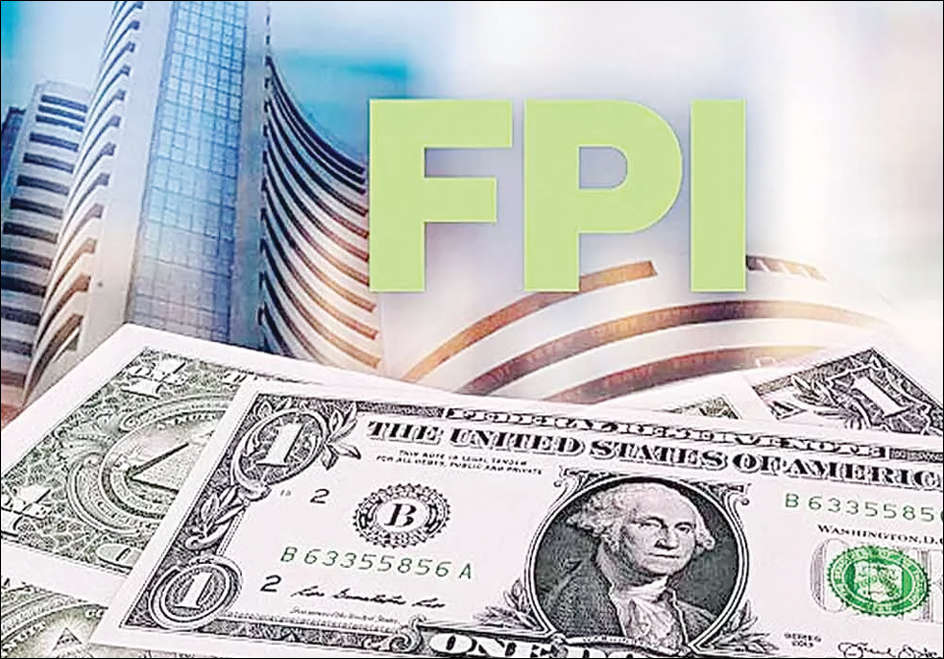Netflix is the world’s biggest streaming platform. Peaking in popularity over the COVID-19 pandemic, this video streaming service has long since established itself as a must-have in many households and integrated into various film cultures to produce and stream media.
Netflix’s arrival in India has changed the world’s largest film industry – Bollywood. Bollywood had its model through which it distributed the films and disseminated video content it produced, but embracing streaming platforms has seen these traditional methods fizzle out.
Here, we’ll explore the relationship between Bollywood and Netflix. Has Bollywood benefited from Netflix? Let’s find out.
History of Bollywood Film Distribution
The earliest versions of Bollywood were intended for local and theatrical releases. This meant that films created in India were released in cinemas nationwide and could only be accessed to an international market through physical CDs.
This model was the norm in India for several decades. For a wider audience, if a movie or TV show wasn’t popular, getting a hold of the content was difficult, and when they did have these films, the possibility of them being pirated was high. Studios and producers also had to ensure they invested heavily in theatrical promotion and marketing, as box office success was the only way to generate substantial revenue.
As Netflix gained traction and began spreading its reach, it identified India as a big video market producer and consumer. In 2016, the company entered the country and streamlined many processes in the film industry.
Benefits of Netflix For Bollywood
Bollywood Films Reach a Global Audience
The Internet and streaming platforms bridge the barrier between geographical locations, allowing people to access everything from the latest films to football streaming games. Netflix now allows users to access Indian content digitally regardless of their location. In 2023 alone, Netflix garnered 1 billion views for Indian shows and movies. This means that Bollywood can expand its fan base beyond India’s borders, and the Indian diaspora worldwide can connect with their culture and entertainment.
Financial Revenue
Netflix has experienced substantial financial success in India. In 2023, the company made 22 billion Indian rupees from the country’s market alone. The same holds for studios releasing on the platform.
Producers can bypass the need for huge box office success to make profits and generate revenue quickly by releasing on streaming platforms and in the cinema.
Through collaborations with Netflix, studios can receive increased project production budgets and a consistent income flow from the platform’s subscription models.
Creative Freedom
To create original content, Netflix allows producers to experiment with various genres and themes. One criticism of Bollywood is its repetitive content; old films constantly get remade with the same concept.
With Netflix’s willingness to invest in unique projects, Indian producers can explore storytelling techniques, genres, and formats that usually would not have a place in traditional Bollywood cinema.
Challenges Netflix Has Faced in Bollywood
Competition
Netflix subscribers in the country are projected to be over 2 million. Despite the platform’s success, Netflix faces serious competition from other streaming services, particularly Indian-based streaming platforms like Hotstar and Jio TV, where Indian users can watch films at a lower price to no cost.
Bollywood content on Netflix faces fierce competition from other video content. Indian content needs to be unique to stand out and make considerable profit.
Piracy
Streaming platforms like Netflix may have mitigated the spread of pirated content, but it does not eliminate it. Piracy remains a significant challenge to revenue streams and the growth of digital Bollywood content.
Closing Thoughts
Netflix has undoubtedly transformed the Bollywood film industry. Its introduction has provided Bollywood with a global audience, unlocked new revenue streams, and fostered creative experimentation. While piracy and competition pose problems, the benefits are undeniable.
The future of Bollywood lies in embracing innovation, embracing the digital age, and building sustainable partnerships with streaming platforms to ensure continued growth and success.


 Opinion3 years ago
Opinion3 years ago
 Entertainment8 years ago
Entertainment8 years ago
 Entertainment8 years ago
Entertainment8 years ago
 Fashion8 years ago
Fashion8 years ago
 Opinion3 years ago
Opinion3 years ago
 Politics8 years ago
Politics8 years ago
 Entertainment8 years ago
Entertainment8 years ago
 Entertainment8 years ago
Entertainment8 years ago















